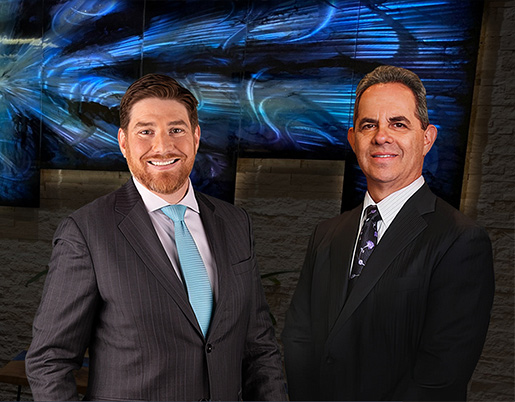According to reports filed with the National Highway Traffic Safety Administration (NHTSA), complaints of unintended acceleration were filed in the last two weeks from Toyota owners that claim that they are still experiencing unintended acceleration even after their recall has been done. In addition to these reports of sudden acceleration, complaints of unusual vehicle behavior, such as erratic check-engine lights, have also been reported.
Although the allegations are unverified, there are concerns that the millions of recall notices issued by Toyota may not fully address the problem. During Toyota’s congressional hearing, congress members voiced their concerns that the problem was not mechanical and that the onboard computer may be the problem.
“There is already doubt out there that the solutions Toyota has put forward really fixed the problem of unintended acceleration,” said Aaron Bragman, auto industry analyst at IHS Global Insight. He cautioned, however, that the complaints should be thoroughly investigated.
Toyota spokeswoman Celeste Migliore said she was not aware of complaints that sudden acceleration had recurred despite receiving the repair, but said the auto maker will closely monitor the NHTSA database.
“We very much would like to have any of those individuals who claim they’ve had unintended acceleration after the fix go back to the dealership,” Migliore said. “If there was an accident, we want to see the vehicle and the driver and the accident report.”






